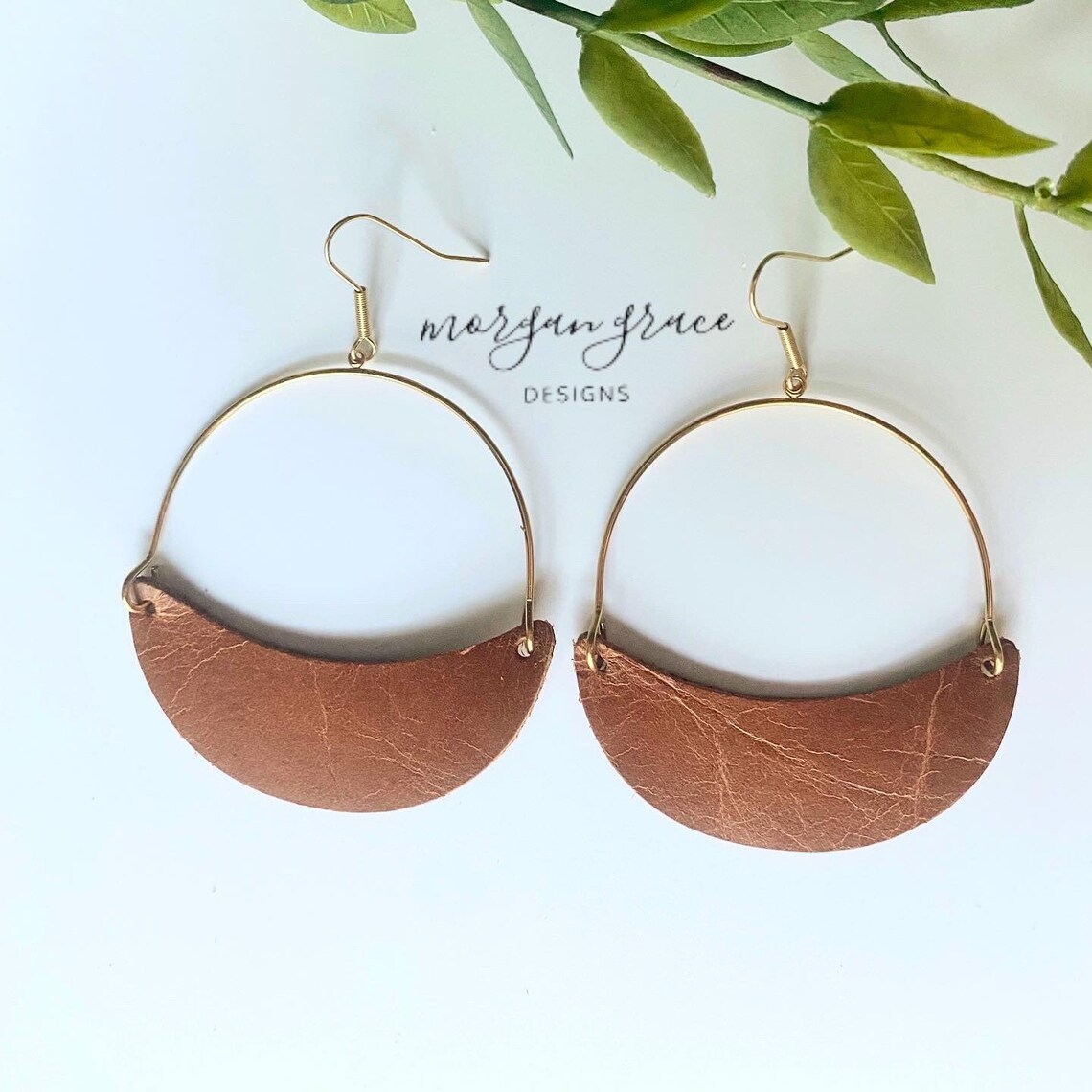

This treatment gives the roe a firmer texture and longer shelf life, and also improves the taste. When preparing raw sujiko, a higher concentration of salt is used than when preparing ikura. Depending on the degree of maturity, it can be difficult to extract the individual eggs from the membrane. The name metaphorically refers to the outer appearance of the eggs lined up in the roe sack.įrom the sujiko roe sack, either the individual roes can be extracted ( ikura) or the entire sack including the roe can be processed. The Japanese term sujiko is composed of 筋 ( suji), which in this context is to be understood as “streak”, and 子 for “child” ( ko).

Sujiko ( すじこ、 筋子) stands in Japanese for the raw untreated roe which is still surrounded by the ovarian membrane (roe sac). Refrigerated storage of thawed ikura has a shelf life of 3 to 5 days at 2☌. Vacuum-packed or air-tight-packaged non-pasteurized ikura has a shelf life of 1 to 2 years at -20☌. Raw ikura is highly perishable and requires freezing or pasteurization to prevent spoilage.

Ikura is available all year round in high quality as frozen products in specialized stores, with the majority of supplies consisting of products that have already been pasteurized and/or treated with preservatives. Jiro Ono in Sushi Chef: Sukiyabashi Jiro The salted ikura that’s in our freezer-the quality doesn’t change even after one year.

In Japan, late summer to early fall is considered the best season. Salmon season throughout Alaska ranges from the months of May to September. For example, the king salmon caught off the coast of Alaska begins its ascent into the spawning grounds in early summer, but further south it continues into early fall. In addition, the spawning season has a wide range between species and regions. As expected, availability is limited to the season and coastal areas where the fish is either farmed or returns to the rivers to spawn. įresh and unfrozen ikura that has not been pasteurized or otherwise preserved is available for a limited time and regionally. The quality and taste of ikura is mostly determined by the fish species, processing methods, packaging, and storage conditions. Ikura contains a high concentration of protein, essential amino acids, vitamins, and polyunsaturated fatty acids. Most of the fish roe available in the retail market is already ready to eat. As soon as the freshness begins to diminish ikura becomes cloudy or milky, the first signs of cloudiness already reduces the taste. They should also yield under slight pressure without tearing or cracking.
Aros cuero salmon ikuna full#
Ikura is considered to be of high quality if it is of bright color, full of gloss and without wrinkles. It also makes it easier to control the taste contrast to normal or soured rice. Pickling or marinating reduces the fishlike taste and softens the texture of the roe. Especially with regard to the preparation of sushi, soaking in soy sauce, mirin and sake is a popular seasonig method. Besides processing with a salt solution ( shio ikura), ikura can also be pickled in soy sauce and alcohol ( shōyu ikura). In addition, pasteurization allows the use of less salt, which has a positive effect on the taste and texture. Industrially processed ikura is often pasteurized and soaked in saturated salt solution to extend its relatively short shelf life and reduce the risk of foodborne illnesses.


 0 kommentar(er)
0 kommentar(er)
